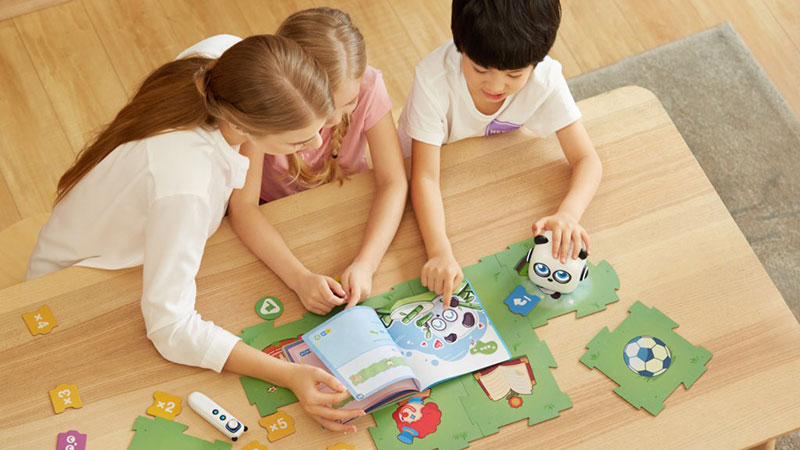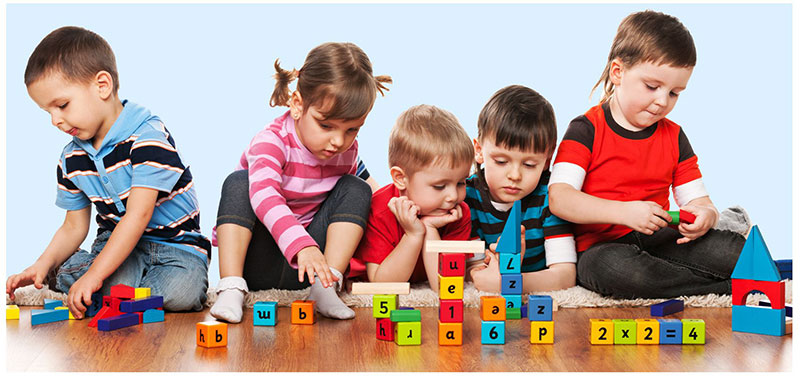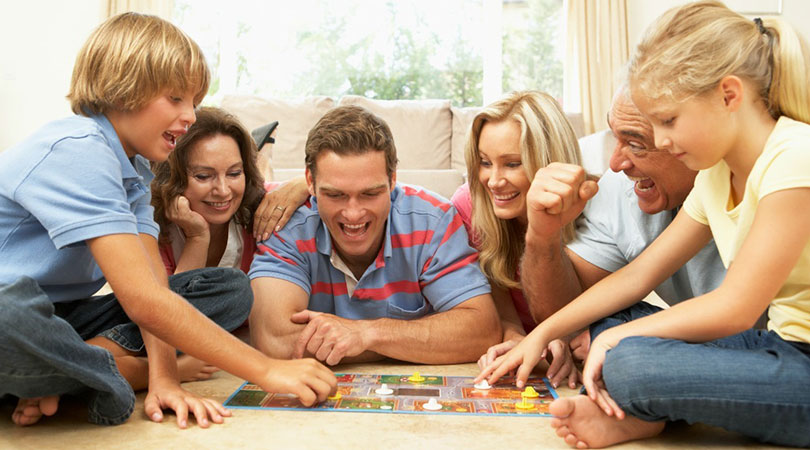10 Fun Activities That Foster Communication Skills
Some parents may find it difficult to find activities that are suitable for their children while also being able to develop communication skills. A child has communication skills since they are born and interact with family members.
Communication skills are one of the most important aspects of social relations, so they need to be nurtured by parents to children in the family environment first. Establish communication and teach them about love, respect, social norms or health, even safety.
What are the Types of Communication?
There are two types of communication, namely Verbal and Non-verbal. The following is a brief definition and some examples of its implementation for each type of communication.
1. Verbal Communication;
- Voice (speak in a high voice or whisper)
- Tone (calm, firm, loving, gentle, angry tone of voice)
- Choice of words (begging to speak slowly or telling him to be quiet)
- Language / dialect (use words they often hear)
2. Nonverbal Communication;
- Physical touch (hugs, high-fives)
- Hand movement (thumb up)
- Facial expressions (smile, frown)
- Eye contact (direct or indirect)
- Personal space (body control)
Why are Communication Skills Important?
When parents communicate with children, they teach how to interact with others and train children's emotions.

Children will use the communication techniques they learn when they grow up and want to be independent!
What are the Uses of Communication Skills?
- Mental health
- Emotional intelligence
- Self-assertion
- Empathy and compassion
- Self control and motivation
- Limitation
Fun Activities to Foster Children's Communication Skills
Parents need to realize that children are like sponges; they absorb everything they see and hear! We can model positive activities that help children grow up to be effective communicators.
Through fun activities or games with children is an effective way to introduce positive communication skills!
1. Guess the Object
- Place an object in the bag and give clues to help the child guess.
- For example, if the object is a spoon, give a hint as if the object is small and made of silver which we often use to eat
- After the children understand the game, let them choose objects to hide. Then, ask questions until you guess!
2. Continued Words
A classic childhood game that we can play with 3 to 5 people, so it can involve the whole family.
- Get all family members in a straight line to the side
- Start with an easy sentence, for example: "The ball is red"
- Whisper the sentence to the child without letting anyone else know
- Then the child has to whisper it to the person next to him
- The last person will say the phrase out loud
Often times, what is said will change from the original line to something much funnier! After a few rounds, you can make the sentences more complex.

3. Show and Tell
- Gather the whole family to join this game
- Everyone has to choose their favorite item from their room
- Parents will come forward first to exemplify how to play
- Show your favorite things and tell why you like them, where they come from and how they work
- After that let the children try this game and tell their version of the story!
To make the game more interesting, we can change it to the object we like the most or whatever it is. In this way, we also know what our children like or don't like!
4. Picture Storytelling
This is a great activity for teaching children new vocabulary and sequences.
- Start with one photo and ask children to tell what they see. For example, if it's a photo of a farm, they might say barn, cat, farmer, hay, cow and so on
- Then, have the children make up a story about what they see in the picture
- We can help children by encouraging them to say, "The farmer brought food to the animals in the barn" or "The cat is not happy because she has to share her food with the chickens."
- Make this activity more interesting by letting the imagination run wild!
We can make this game more complex by giving the child a series of picture stories. Get them to set the picture of what happens first, next, and last. Then have them tell the story by adding their own details.
5. Chain Story
Another fun activity that encourages creativity and quick thinking in kids!
- Take the ball and sit in a circle
- Start the story by saying something like, "Once upon a time there was a baby dinosaur…"
- Then, pass the ball to new people and ask them to add to the story
- Keep passing the ball and adding to the story until it's finished!
6. Charades
Charades are a family favorite and a great way to teach non-verbal communication to children.
- Write down a bunch of different emotions and place them in a bowl
- If children can't read yet, we can draw their emotions (and help them act when it's their turn)
- Each player must take a piece of paper from the bowl and act out what it says… without speaking!
- Then, the other players have to guess what emotion it is

7. Ten Questions
This activity strengthens children's critical thinking and problem solving skills.
- One person has to think of an animal, but they can't tell anyone
- Other players have 10 chances to ask about the animal to find out and guess it!
- For example, a player might ask: "Is there a tail?" "Does it live in the sea?" "Are there feathers?"
8. Obstacle Course
This obstacle course activity helps children strengthen their listening skills.
- Use objects around the house like shoes, chairs, pillows and more to create obstacles.
- In creating obstacles, we need a starting and ending point
- Arrange the various objects between two points and give instructions such as; "Surround the shoes", "Crawl under the chair"
- Spin 3 times on the hula hoop
- Guide your kids as they finish the course, and don't forget to celebrate when they make it to the finish line!
9. Exact Instructions
This activity is sure to keep children entertained and is a great way to practice clear and effective communication.
- Tell the kids that we want to make peanut butter and jelly sandwiches, and they have to tell them how
- Prepare all the ingredients needed: bread, peanut butter, jelly, knife and plates
- Take the literal action the child tells you to, for example if they say "put the peanut butter on the bread", put the whole jar of peanut butter on the bread
- Then, ask them to give clearer instructions. They might say, "put some peanut butter on the bread." In this case, maybe spoon into the jam jar and spread it on the bread!
Finally, the child can learn to be more specific. This fun game is sure to make the family members laugh because of the funny things that happen between kids and parents.
10. Role-Playing
This role playing can increase creativity and imagination power.
- Let children's imagination run wild as they play roles such as Police, Firefighter, Nurse, Astronaut, and whatever they choose.
- While playing, make conversation as if you need their help. For example, if your child becomes a doctor, act like a sick person who wants treatment by complaining
The possibilities are endless and we can see how creative our little ones can be when they play with you!


